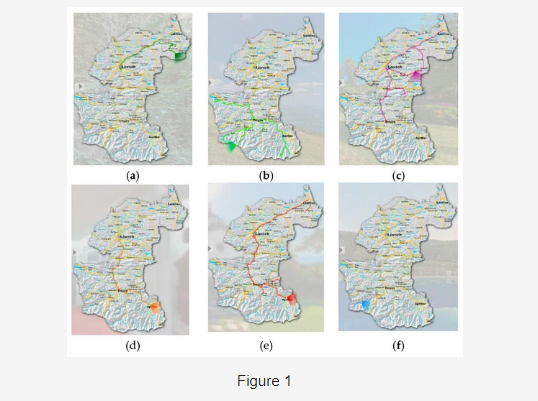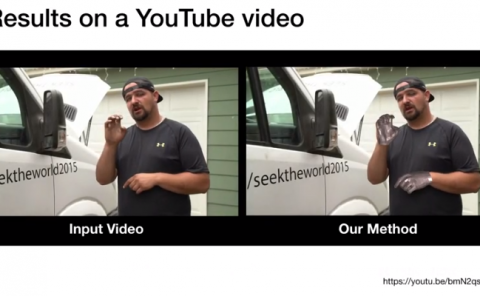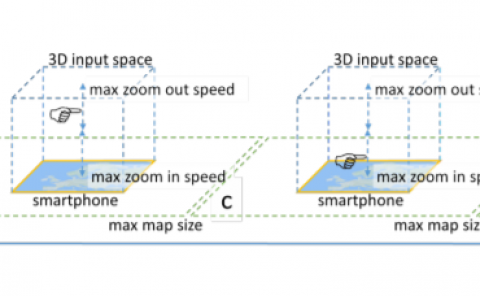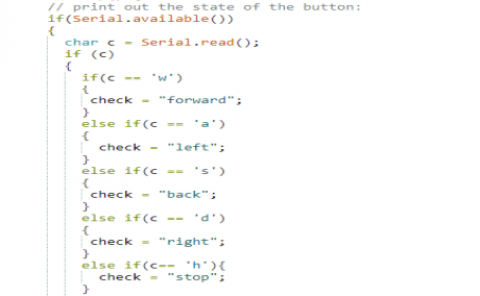Integrating Spherical Panoramas and Maps for Visualization of Cultural Heritage Objects Using Virtual Reality Technology
PubDate: April 2017
Teams: University of Twente;SoilCares Research BV;University of Architecture Civil Engineering and Geodesy
Writers: Mila Koeva;Mila Luleva;Plamen Maldjanski

Abstract
Development and virtual representation of 3D models of Cultural Heritage (CH) objects has triggered great interest over the past decade. The main reason for this is the rapid development in the fields of photogrammetry and remote sensing, laser scanning, and computer vision. The advantages of using 3D models for restoration, preservation, and documentation of valuable historical and architectural objects have been numerously demonstrated by scientists in the field. Moreover, 3D model visualization in virtual reality has been recognized as an efficient, fast, and easy way of representing a variety of objects worldwide for present-day users, who have stringent requirements and high expectations. However, the main focus of recent research is the visual, geometric, and textural characteristics of a single concrete object, while integration of large numbers of models with additional information—such as historical overview, detailed description, and location—are missing. Such integrated information can be beneficial, not only for tourism but also for accurate documentation. For that reason, we demonstrate in this paper an integration of high-resolution spherical panoramas, a variety of maps, GNSS, sound, video, and text information for representation of numerous cultural heritage objects. These are then displayed in a web-based portal with an intuitive interface. The users have the opportunity to choose freely from the provided information, and decide for themselves what is interesting to visit. Based on the created web application, we provide suggestions and guidelines for similar studies. We selected objects, which are located in Bulgaria—a country with thousands of years of history and cultural heritage dating back to ancient civilizations. The methods used in this research are applicable for any type of spherical or cylindrical images and can be easily followed and applied in various domains. After a visual and metric assessment of the panoramas and the evaluation of the web-portal, we conclude that this novel approach is a very effective, fast, informative, and accurate way to present, disseminate, and document cultural heritage objects.



